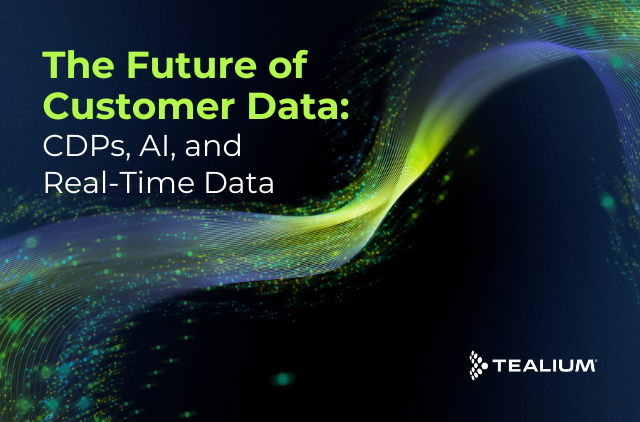Data governance is the cornerstone of any successful data management strategy, ensuring that data is managed, protected, and leveraged effectively within an organization. At its core, data governance revolves around five fundamental principles that serve as guiding pillars in navigating the complexities of data management. These principles are security, privacy, accuracy, availability, and usability. The principles collectively shape a framework that helps to foster trust, reliability, and responsible use of data assets. By adhering to these principles, organizations can establish robust structures and processes to harness the full potential of their data while mitigating risks and maximizing value.
Depending on your role within an organization (or even as a customer of an organization), you’ll gravitate toward one or more of these data governance priorities. However, with ever-extending data privacy regulations, you’ll need to start concerning yourself about all of them! Let’s say you’re in marketing. Likely, accuracy, availability, and usability would be the top three focus areas for your role. However, today’s modern marketer needs to have an operating model that builds security and privacy as a foundation.
What Are The Five Data Governance Principles?
Usability of customer data is a high priority; if it’s hard to use, then it is unlikely to be used, and therefore kind of pointless to capture in the first place. Data should be evaluated before it enters an organization; the old algorithm, “rubbish in = rubbish out”, still holds. You’ll want to assess the sources, format, data completeness & standardization approaches alongside whether or not the data is even required to meet the outcomes or objective of the business (data minimization principles apply). This will set you and your organization up well for success, as a well-governed data foundation will help deliver a long-term, goal-oriented, sustainable data asset.
The accuracy of data (or its fidelity) is another critical aspect. The fidelity of customer data deteriorates with time. Meaning that what was an accurate reflection of a customer’s spend or interest a day or two ago, may not be true today… Especially in fast-moving industries like retail. The decay of fidelity can lead to poor customer experiences, a reduction in the effectiveness of conversion rates, and wasted media dollars. Real-time data capture, unification, insights, and activation can help resolve this accuracy issue, and data governance practices need to be cognizant of this.
 If you have real-time, accurate data in a usable format, but it is not available to the business, this is a huge issue! Available data needs to be in the right system. It cannot be in a system managed by another part of your business, or in tools that are too technical for the business to leverage in an effective manner (how often do you see this?) It’s historically been a major challenge for marketers… Customer data that is locked in systems managed by IT or other departments. This leads to a delay in the ability to activate and successfully convert customers. By the time the marketing department does get hold of it, it’s out of date, lost its value, and useless for accurate personalization.
If you have real-time, accurate data in a usable format, but it is not available to the business, this is a huge issue! Available data needs to be in the right system. It cannot be in a system managed by another part of your business, or in tools that are too technical for the business to leverage in an effective manner (how often do you see this?) It’s historically been a major challenge for marketers… Customer data that is locked in systems managed by IT or other departments. This leads to a delay in the ability to activate and successfully convert customers. By the time the marketing department does get hold of it, it’s out of date, lost its value, and useless for accurate personalization.
Adding onto this challenge is the sheer ever-expanding breadth of customer touch points & the difficulty in harnessing the data (in real-time) from these. A new channel = a new data source = a new data silo + a new or existing team to manage it. A data governance strategy needs to plan for the addition of new channels and related data in an elegant manner that adds value to the existing customer & interaction data available… Rather than present inconsistencies in data and thus experiences.
The privacy of customer data is paramount for any business that values customer trust. Controls and processes need to be put in place to ensure data is protected, that it cannot be accessed by unauthorized individuals, and that sensitive data is not misused. As a marketer, you need to clearly understand what data a consumer has consented for you to use, and how you can use it. Then, you need to ensure you have systems that respect & operate based on that consent.
All roles in an organization should now be thinking about data privacy. Consumer demands have driven the global spread in data privacy regulations, and everyone in the business has a stake in ensuring trust is not diminished through poor privacy practices (leading to customer churn and loss of revenue).
If there were Ten Commandments for data governance, you’d expect ensuring data was secure would be at the top of the list! Practices and protocols need to make sure that all data is protected from unauthorized access. This means that regional and global data protection standards alongside annual reviews are standard, and encryption, physical, and logical access controls are set up. The security of customer data is critical, yet often overlooked. Many well-known brands have paid the price for loss of trust!
In today’s world, we see data privacy regulations becoming commonplace, driven by consumer (and government) demand, economic factors, and privacy being viewed as a fundamental human right. Building and maintaining brand trust through first-class data governance practices is critical! Tealium can help operationalize your data governance approach. We have a long tradition of helping organizations simplify and accelerate data governance whilst achieving the goals of their business. Tealium’s Customer Data Hub provides organizations with the technology foundation that underpins a successful governance strategy. To explore more about this topic, read our blog post.








